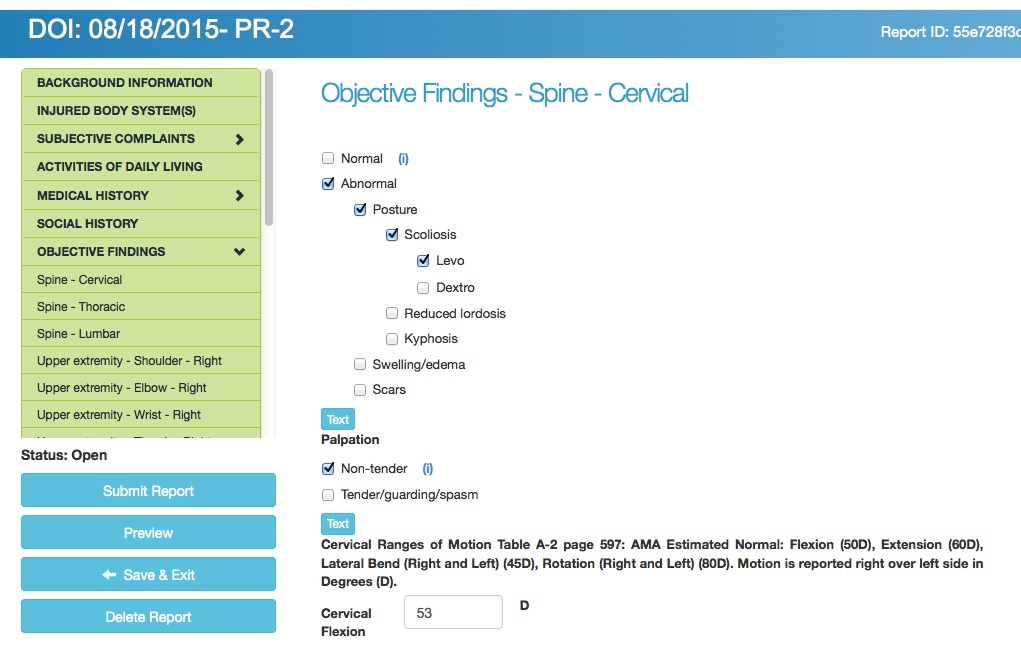An impairment report without an inventory of the patient’s Activities of Daily Living (or ADLs, as we like to say) is like trying to drive to an unknown destination without a map. After all, how can you determine the severity of an injured worker’s impairment without understanding how his or her daily life is (or isn’t) affected?
If you’re a provider writing an impairment report such as a PR-4 report, then asking your patient about his or her activities of daily living is essential. If you’re a claims adjuster or an attorney reviewing an impairment report, keep an eye out for whether or not the physician has made note of the ADLs.
What You Should Know About Activities of Daily Living
- In the the AMA Guides 5th Edition, the Activities of Daily Living (ADLs) are an inventory of 34 activity measurements that show how an injury affects the life of the individual (page 4).
- The activities of daily living include basic functions such as eating, speaking, personal hygiene, and moving around.
- The doctor’s description of ADLs serves as objective support when adjusting the final injury value (Whole Person Impairment WPI) up or down.
- Once determined, the ADL value may serve this function for multiple impairments being calculated. For example, a shoulder injury may not even consider ADL, while a skin injury requires the ADLs to place the condition in a primary category. Other conditions use ADLs somewhere in between, such as determining the influence of pain on a nerve function.
Attention Medical Providers!
If you are examining a worker who has injured multiple body parts, then a separate ADL inventory must be performed on each injured body part. For example, if the worker has injured both her knee and her shoulder, then you should check to see how both her shoulder injury and her knee injury affect each activity.
It’s a lot of work, but it’s necessary. Here’s why:
- A complete ADL inventory tells the person who reads the report (such as an insurance administrator) that you invested additional time and effort into understanding the employee’s level of disability.
- A complete survey of the activities of daily living is a set of data that further supports the conclusions and final calculations of the reports impairment rating.
For example…
If you, as a medical provider, assign a worker’s injury a very high impairment rating—such as 90% whole person impairment—then the claims adjuster for the claim needs to understand why. If you demonstrate that the injury has disrupted all of the worker’s activities of daily living, then the impairment rating is supported. But if you don’t mention the activities of daily living at all, then you might very well receive a phone call from the insurance company in short order.
Reports that lack mention of the complete ADL inventory should be carefully considered before the conclusions are accepted as valid.
If a reader of an impairment report is unable to understand how much an injury affects the individual’s daily life, understanding the reasons for arriving at the final whole person impairment (WPI) are nearly impossible.
Bottom line: If you create impairment reports, include a complete ADL inventory. If you’re a RateFast user, then you already know that our PR-4 report-writing system ensures that you ask about each activity for all body parts.
If you review impairment reports, insist that activities of daily living inventories are provided.
Try RateFast Express today!



